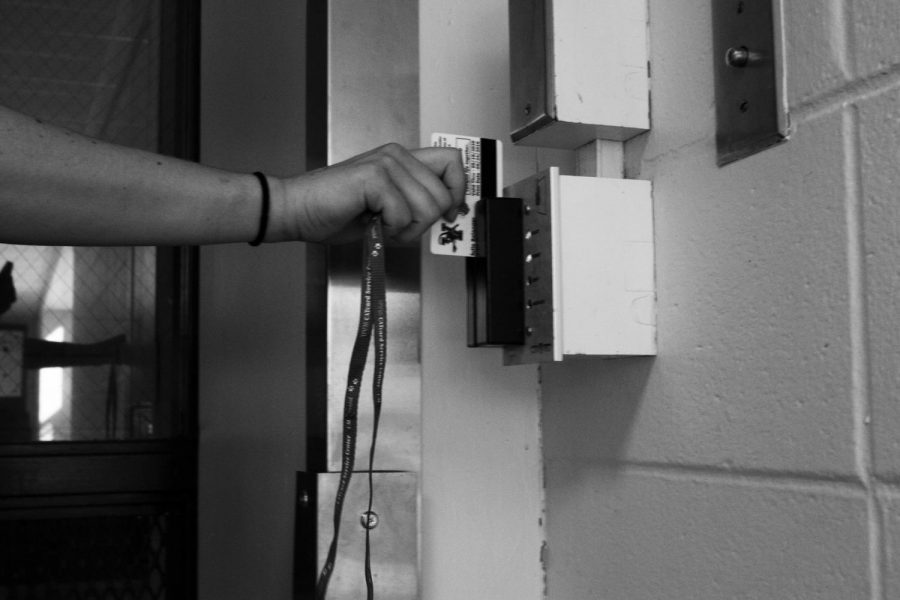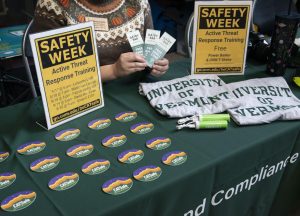CatCard office tests new tech
October 21, 2017
In a few years, students will be able to use their smartphones to gain access to their residence halls.
The CatCard office is testing a mobile ID technology that would allow students, staff and faculty to use their phones in place of plastic ID cards, said Mark McKenna, director of the CatCard Service Center.
“You’ll be able to use your phone as an ID that you can use to unlock your door or do meal plan transactions,” McKenna said.
The mobile ID is being tested by members of the office’s tech team. It has been tested at some vending machines on campus, he said.
The new ID will likely be released sometime in the next couple of years once potential security risks are minimized, McKenna said.
“We have to make sure that if you don’t have password protection on your phone that the app is password protected,” he said. “If somebody picks up the phone [and you don’t have a password on it], then suddenly they’ve got access to your card.”
The mobile ID wouldn’t replace the plastic cards, McKenna said.
For now, the cards are the securest option available, he said.
CatCards are encrypted with a code that only grants access to the information stored on the card if the reader is connected to the University’s system, McKenna said.
“If this number doesn’t match the embedded code, it won’t work,” McKenna said.
The University is also looking into increasing the use of biometrics like hand and fingerprint scanners, he said.
These systems are already being used by Campus Recreation, McKenna said.
Though there is a potential risk that people will try to copy the information from CatCards, UVM Deputy Police Chief Tim Bilodeau said there is not a major threat of someone trying it at UVM.
The real risk to campus security is that people are too nice, McKenna said.
“We have people who, if they see me with my arms full, will say, ‘Oh. let me get the door for you,’” he said. “Which is great, but theoretically you don’t know that I’m allowed in the building.”
Another major issue is people propping open doors for others, McKenna said.
“It’s an access-controlled system,” he said. “It’s only as good as the people using it.”
Students tend to let other college-aged people into residential halls, junior Ian Minearo said.
“It’s nice not to have to take your CatCard out of your wallet, but it also makes it so people who don’t live there can get in,” Minearo said. “People are either a hit or a miss in terms of how decent they are as people and how they treat places they don’t live.”
Reports of theft or unauthorized access from campus buildings are infrequent and are usually the result of forced entry, Bilodeau said.
“If there’s enough value on something in some place, you can bet someone is probably trying to get into it,” McKenna said. “But we try to stay as current as we can with the technology and prevent that from happening.”







